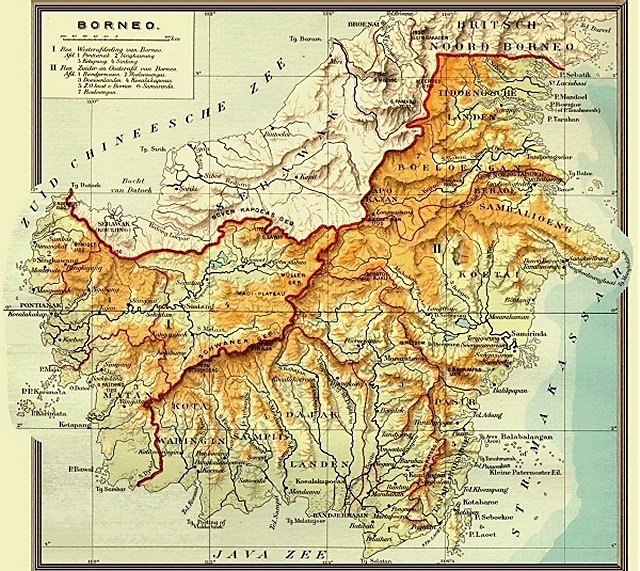 |

IKAT FROM KALIMANTAN, INDONESIA
GALLERY 

- 151 KALIMANTAN
Pua (blanket). Warp ikat. 19th or early 20th c. Mualang, probably.
- 153 KALIMANTAN
Pua (blanket). Warp ikat. 19th c. Iban people, most likely from Badau or other Iban areas along that side of the Kalimantan border, down as far as opposite Engkili in Sarawak.
- 158 KALIMANTAN
Pua kumbu. Warp ikat. 1920-1940. Mualang.
- 212 KALIMANTAN
Kain kebat (skirt cloth). Warp ikat. Late 19th - early 20th c. Ketungau river region.
- 229 KALIMANTAN
Kain kebat (skirt cloth). Warp ikat. Early 20th c. Kantu (Kantuk, Kantu').
- 230 KALIMANTAN
Kain kebat (skirt). Warp ikat. Late 19th to early 20th c. Mualang.
- 242 KALIMANTAN
Kain kebat (skirt cloth). Warp ikat. 19th to early 20th c. Desa people.
- 300 KALIMANTAN
Kain kebat (skirt). Warp ikat. 19th c. Ketungau river region.
- 306 KALIMANTAN
Kain kebat (skirt). Warp ikat. Early 20th c. Embaloh Iban, most of whom live in the Kapuas Ulu regency of Kalimantan Barat. See additional info on Embaloh Dayak.
- 311 KALIMANTAN
Pua (blanket). Warp ikat. 1930-1940. Kantu (Kantuk, Kantu'), or Iban with Kantu neighbours. Somewhere upriver, far from trading posts.
- 313 KALIMANTAN
Pua (blanket). Warp ikat. Pre-1931, probably late 19th c. Kantu (Kantuk, Kantu').
- 317 KALIMANTAN
Kain kebat (skirt). Warp ikat. 1900-1920. Ketunggau river system.
- 362 KALIMANTAN
Kain kebat (skirt). Warp ikat. 1900-1920. Ketungau.
Kalimantan - home of Kantu and other fine weavers
[This is a stub. Text yet to be edited.]
Kalimantan is the Indonesian, and by far the largest part of Borneo. It is the home of several Iban tribes, all living in the north-westerly part of the island. They produce ikat which is both of very high quality, and generally rarer than that of the Iban living across the border in Serawak. Please refer back to the Borneo page for more information.
Ulap doyo - unique to the Benuaq tribe
A very special type of ikat is made by the Dayak Benuaq tribe who live in Cape Isuy, Samarinda, East Kalimantan. The fiber used is taken from doyo, a short tree of the Pandanus genus which grows abundantly in the area. The fiber is tough yet not too rough, and lends itself well to making yarn. Older examples of ulap doya ikat are hard to come by. As yet we do not have any in our collection. Modern pieces are made with chemical dyes and tend to be brightly coloured.
|
Literature
There is precious little literature on the ikat of Kalimantan. Most of what we have is contained in three articles, one by Richard Allen Drake who spent time with the Mualang, and two by John Kreifeldt, which, apart from providing background information, also show truly excellent Kantu, Ketungau and Mualang kain kebat. Heribert Amann's book on his famous collection, Textiles from Borneo, Iban Kantu Ketungau and Mualang Peoples, has almost no information, just wonderful images. The near total lack of information means that an entire culture is disappearing almost without a trace as the clear-cutting of forest continues and habitat disappears.
Map of Kalimantan

©Peter ten Hoopen, 2025. The contents of this website are provided for personal, educational, non-commercial use only.
No part of this website may be reproduced in any form without explicit permission of the copyright holder.
|  |



